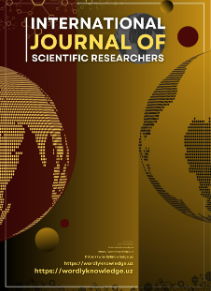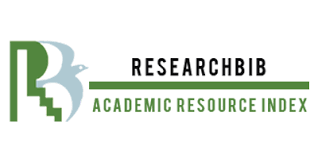THE ACTUALITY OF DISTANCE LEARNING AND USING WEBINAR TECHNOLOGIES IN EDUCATION
Keywords:
Gadjets, network, virtual communication, education, teaching, online classes, interactive, webinar, zoom, distance learning, intensive, e-learning, online resourses, broadcasts and etc.Abstract
In this article, the theory of distance education, its concept and history of appearing distance learning and using webinar technologies are discussed. It is known that distance education is a field of education that focuses on teaching methods and technology with the aim of delivering teaching, often on an individual basis, to students who are not physically present in a traditional educational setting such as a classroom. The term distance education represents approaches that focus on opening access to education and training, freeing learners from the constraints of time and place.
References
1.Berezhnova E.V. University lecture and its role in improving the quality of master's theses// Pedagogical education in Russia. 2015, № 1. P. 16–21.
2.Broussard Allred S. and Smallidge P. J. (2010). An educational evaluation of web-based forestry education. Journal of Extension, 48(6), Article 6FEA2.
3.Beyth-Marom R., Chajut E., Roccas S. & Sagiv L. (2003) Internet-assisted versus traditional distance learning environments: factors affecting students’ preferences, Compiters & Education, 41, p. 65 – 76.
4.Carr-Chellman A. A., Dyer D., & Breman J. (2000). Burrowing through the network wires: Does distance detract from collaborative authentic learning? Journal of Distance Learning, 15(1), p. 39.
5.Casarotti M., Filliponi L., Pieti L. & Sartori R. (2002) Educational interaction in distance learning: Analysis of one-way video and two-way audio system. PsychNology Journal, 1(1), 28 – 38.
6.Christensen E.W., Anakwe U. P. & Kessler E.H. (2001). Receptivity to distance learning: The effect of technology, reputation, constrains, and learning preferences. Journal of Research on Computing in Education, 33(3), 263-279.
7.Cinar M. & Torenli N. (2010) Redesign online courses with students’ expectations: a case study with a new infrastructure, Social and Behavioural Science, 9, p. 2013 – 2016
8.Daniel J. S. (1998). Mega-Universities and Knowledge Media: Technology Strategies for Higher Education. London, UK: Kogan Page Limited, 15
9.Dwyer F., & Li N. (2000). Distance education complexities: Questions to be answered. International Journal of Instructional Media, 27(1), 25-28.
10.Easton S. S. (2003). Clarifying the instructor’s role in online distance learning. Communication Education, 52(2), 87-105.







